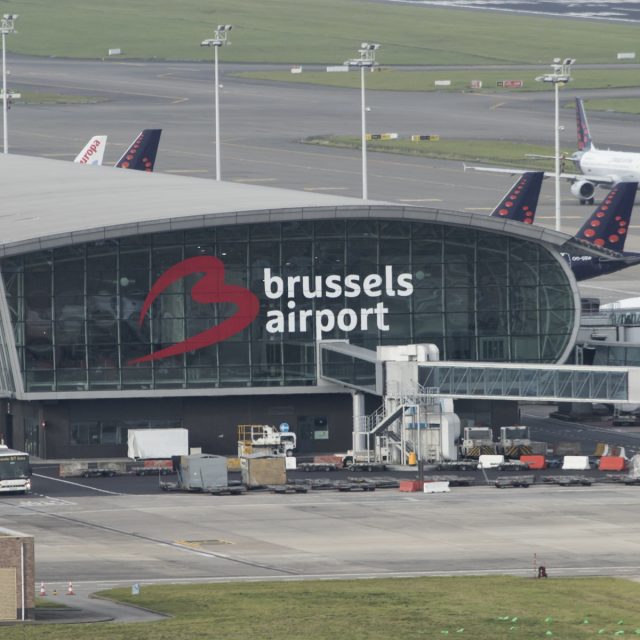The European Commission is due to allocate more than €3.3 billion to support investments in innovative start-ups through venture capital funds between 2014 and 2022, according to a new report by the European Court of Auditors (ECA).
So far, however, the Commission has not yet carried out a comprehensive assessment of market needs or absorption capacity. Moreover, it has provided only limited evidence of the impact achieved, say the auditors.
Venture capital is a catalyst for innovation, job creation and economic growth. For over 20 years, the Commission has been providing SMEs with venture capital to improve their access to finance, help get their businesses off the ground, and foster a sustainable European venture capital ecosystem. Channelling its investments through the European Investment Fund (EIF) the Commission made available €1.7 billion in 140 funds and already paid out over half of this amount to firms by mid-2018.
The auditors examined the Commission’s six centrally managed interventions since 1998, financed from various budgetary areas such as enterprise, industry and research, including the European Fund for Strategic Investment’s (EFSI’s) SME window. They assessed whether the Commission had made good use of its instruments, whether the EIF had implemented them properly and whether they had attracted public and private investors.
“Significant EU funding has been made available to strengthen the EU venture capital market, but challenges remain,” said Baudilio Tomé Muguruza, the ECA Member responsible for the report. “To develop a pan-European venture capital market, the Commission needs a comprehensive investment strategy which aims to support less developed venture capital markets and decrease dependence on the public sector.”
The auditors found that the Commission’s decisions on the scale of EU interventions had been poorly informed, as it had either not carried out upfront impact assessments or had only prepared its evaluations once budgetary decisions had already been taken. They warn that increasing financial resources for venture capital funds without properly quantifying the funding gap may lead to the risk that such funds cannot be absorbed.
The Commission provides support based on project merit and not driven by geographical location of venture capital funds or investment sectors. The auditors say this demand-driven approach clearly favours the most developed venture capital markets, leading to a concentration of investments in the largest EU economies, while underdeveloped markets and sectors of activity may receive less.
The EU venture capital market is still very dependent on the public sector, say the auditors, citing the low rate of return as one of the reasons for private investors’ low level of interest. The Commission has not yet analysed the possibility of relinquishing its own return to private investors, which it already allows for social investments only.
The EIF is a cornerstone investor and its due diligence process is often seen as a “seal of approval”. However, it should shorten its fund application approval process, which can take over a year. Furthermore, the EIF paid limited attention to the funds’ capacity to manage the divestment phase: for the early instruments, the funds failed to sell all the companies in their portfolio over their lifetime. In addition, the fees it charges the Commission are not fully transparent, and its policy-related incentive fees do not fully encourage investments in less developed venture capital markets or sectors of activity.
To improve the added-value of EU interventions in the venture capital market, the Commission should:
- perform the necessary analyses to improve the evaluation of the EU interventions;
- develop a comprehensive investment strategy;
- work with the EIF to streamline its management of the EU interventions.
The highest number of EU-backed funds were registered in France and Italy. By mid-2018, none of the EU-backed funds had invested in Cyprus, Malta, Slovenia and Slovakia, and only limited investments had been made in five other Member States. France, Germany and the UK account for 50 % of the investments. Companies in computer and consumer electronics and the life sciences represent over half of investments.




